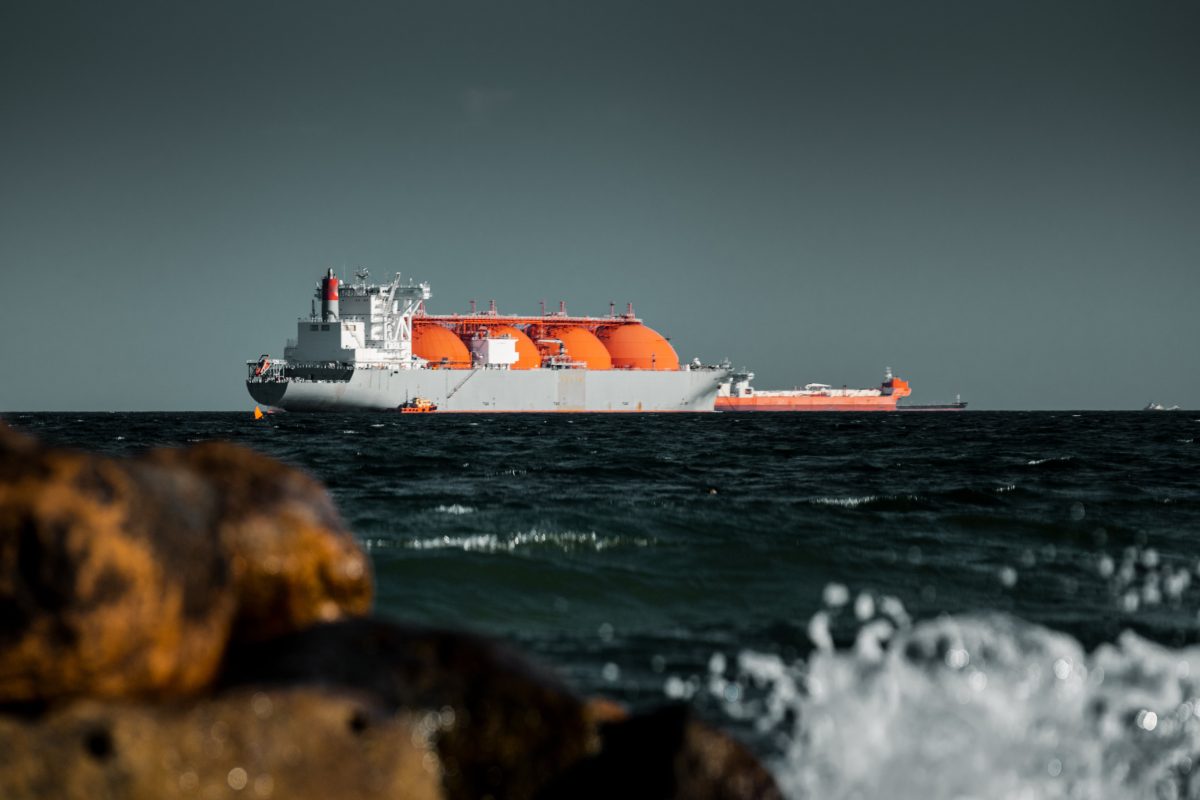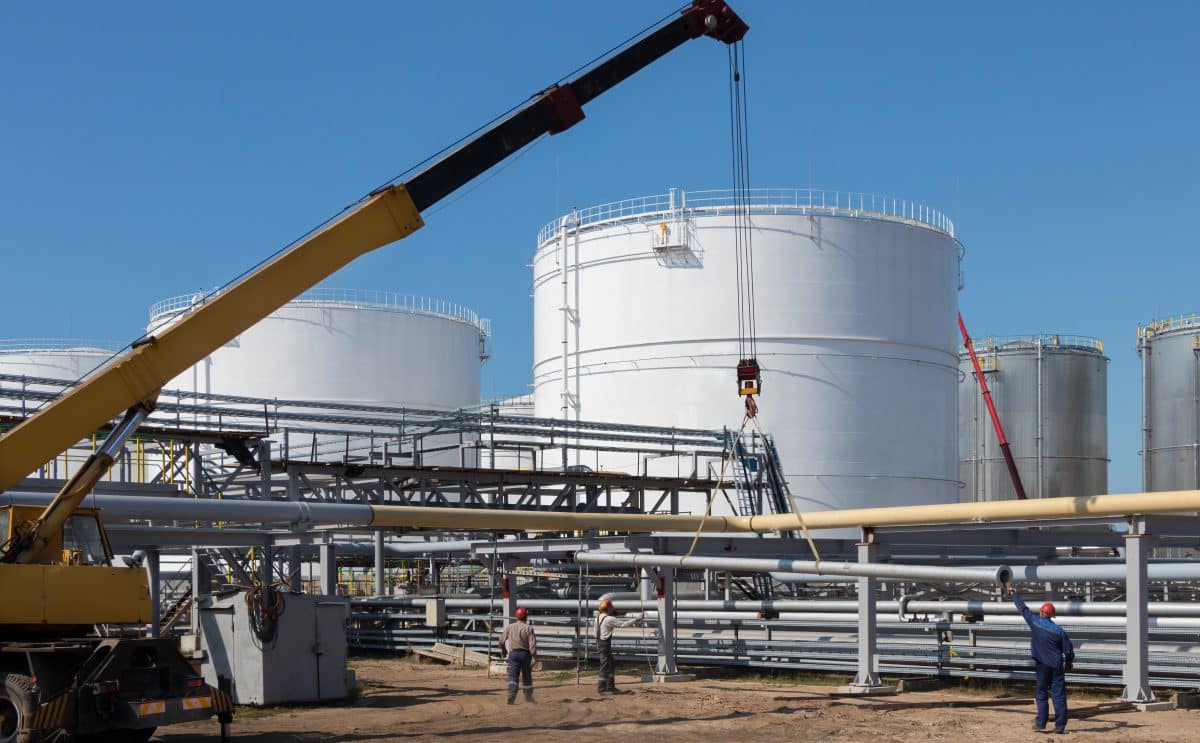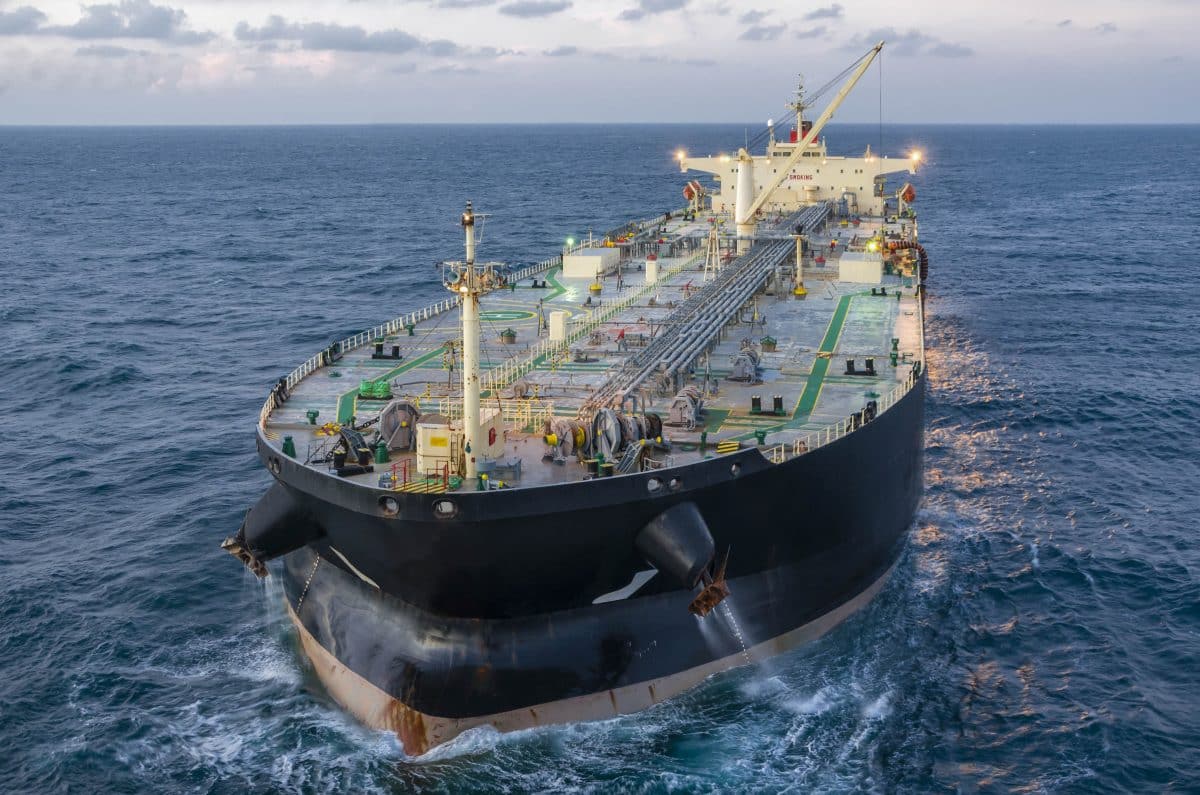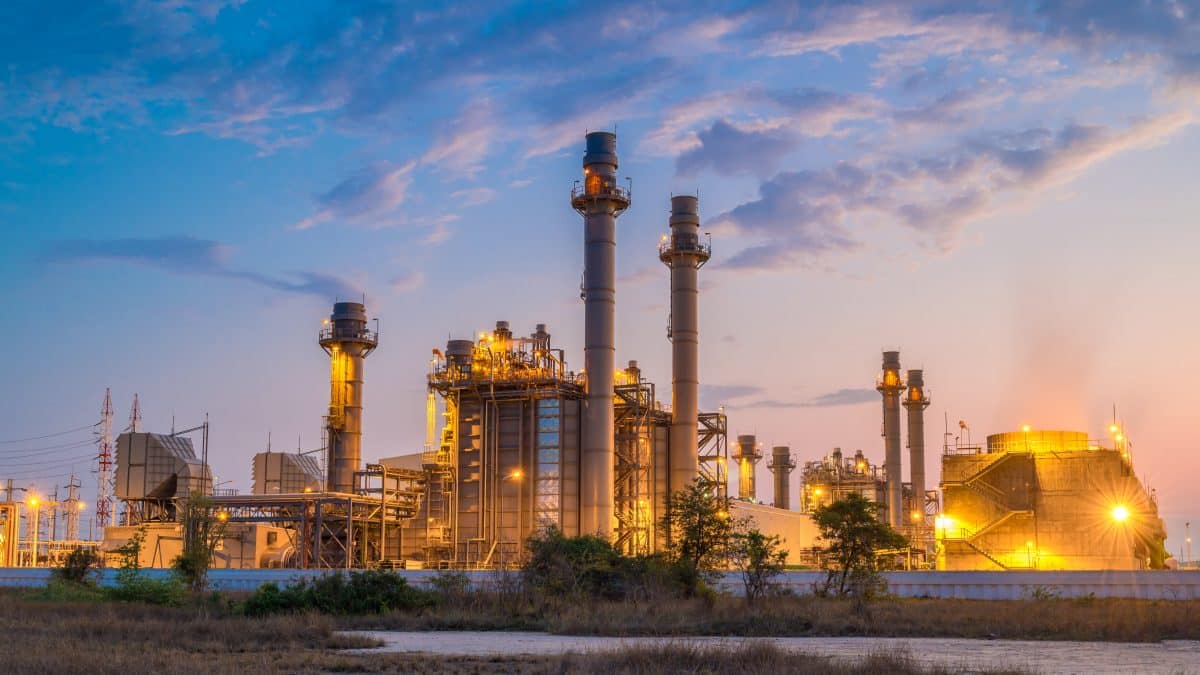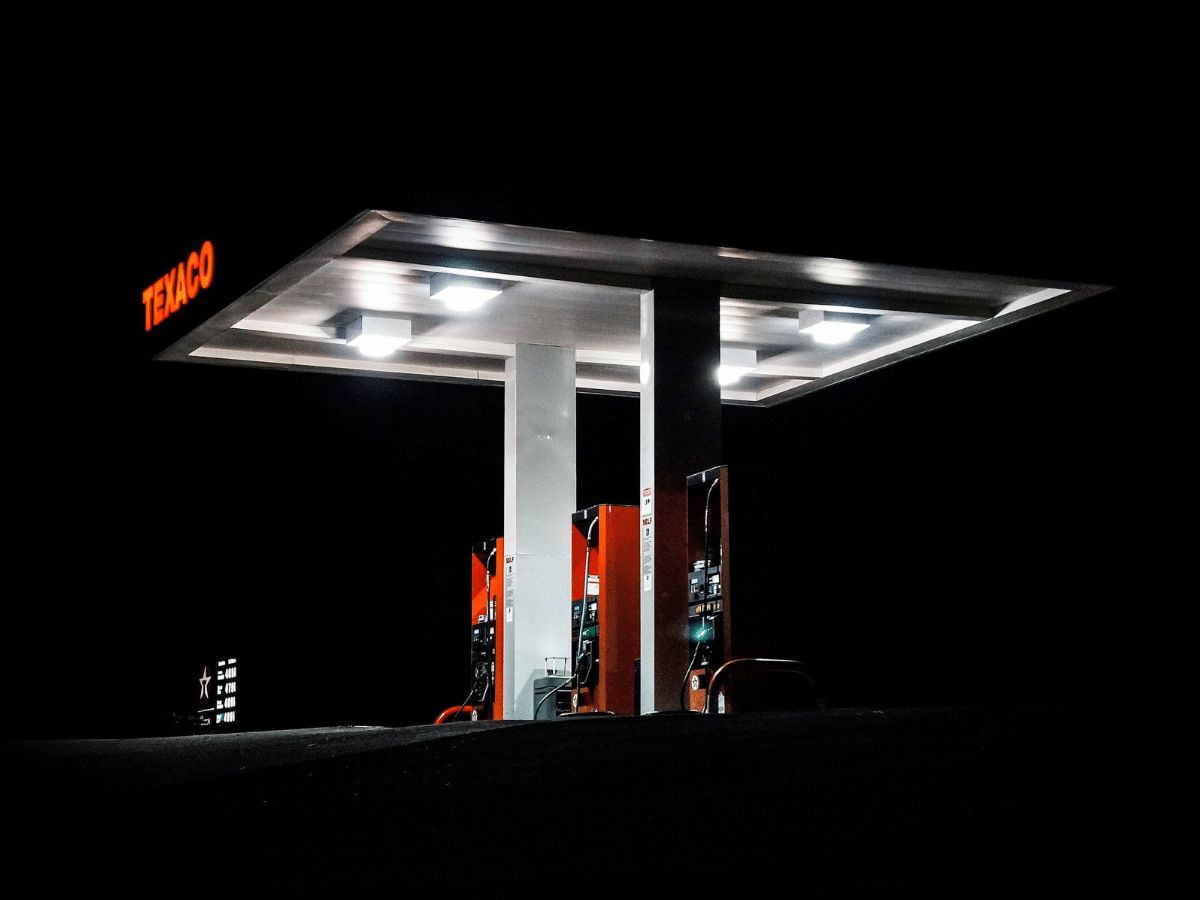Valero Energy Corporation (NYSE:VLO), a leading independent petroleum refining and marketing company with a market capitalization of $39.31 billion, finds itself at a critical juncture as it navigates a complex landscape of market dynamics, regulatory pressures, and evolving energy demands. According to InvestingPro analysis, the company maintains a strong financial health score of 2.86, indicating good overall operational stability. This comprehensive analysis delves into the company’s recent performance, strategic positioning, and future prospects, offering investors a nuanced view of Valero’s potential in the ever-changing energy sector.
Financial Performance and Market Position
Valero Energy has demonstrated resilience in its recent financial performance, with second-quarter earnings surpassing expectations. The company’s results were 2% above Barclays (LON:BARC)’ estimates and 4% above consensus estimates, indicating strong operational execution and market positioning. Trading at a P/E ratio of 10.99 and currently near its 52-week low, InvestingPro analysis suggests the stock may be undervalued relative to its Fair Value. Discover more insights about VLO’s valuation on our undervalued stocks list. This outperformance suggests Valero’s ability to capitalize on favorable market conditions and efficiently manage its diverse portfolio of assets.
The company’s market capitalization of approximately $51.34 billion reflects its significant presence in the energy sector. Analysts project earnings per share (EPS) for the first fiscal year (FY1) at $13.12, with an increase to $16.79 for the second fiscal year (FY2). These projections underscore expectations of continued growth and profitability for Valero in the near term.
Demand Dynamics and Industry Outlook
Valero has experienced solid demand across its wholesale footprint, a positive indicator of the company’s market strength and the overall health of the energy sector. This robust demand profile aligns with analysts’ expectations of a potential increase in refined product consumption, which could drive stronger crack spreads and bolster Valero’s financial performance.
Looking ahead, the refining sector is anticipated to return to an enhanced mid-cycle environment by 2024. Historical mid-cycle refining EBITDA multiples have ranged from 4-6x, providing a benchmark for valuation considerations. This outlook suggests a potentially favorable operating environment for Valero in the coming years, although it is tempered by concerns over lower-than-expected benchmark cracks observed during the recent summer period.
Capital Allocation and Shareholder Returns
Valero’s capital allocation strategy has been notably shareholder-friendly, with the company repurchasing $1 billion of its stock. InvestingPro data reveals that management has been aggressively buying back shares, while maintaining an impressive 36-year streak of consecutive dividend payments, currently yielding 3.42%. This demonstrates a strong commitment to shareholder returns, supported by the company’s healthy current ratio of 1.57, indicating strong liquidity to meet short-term obligations. This significant buyback reflects an 87% payout ratio, demonstrating management’s confidence in the company’s intrinsic value and commitment to returning capital to shareholders. Such aggressive share repurchases can potentially enhance earnings per share and signal to the market that the company views its stock as undervalued.
Segment Analysis and Valuation
Valero’s diverse portfolio, which includes refining, renewable diesel, and ethanol segments, provides a balanced approach to the energy market. Analysts have applied different multiples to each segment in their valuation models, reflecting the varying growth prospects and risk profiles:
Refining: 6.5x multiple
Renewable Diesel: 10x multiple
Ethanol: 10x multiple
These multiples, applied to 2025 EBITDA estimates by segment, form the basis for the sum-of-the-parts analysis used in determining price targets. The higher multiples assigned to renewable diesel and ethanol segments suggest greater growth expectations and potentially higher margins in these areas compared to traditional refining.
Industry Challenges and Opportunities
The refining industry faces a complex set of challenges and opportunities. On one hand, there is potential for higher refined product demand and stronger crack spreads, which could benefit Valero’s core business. On the other hand, risks such as reduced global GDP growth could lead to lower demand for refined products, impacting the company’s performance.
Additionally, the industry must contend with the possibility of excess refining capacity supply growth, which could pressure margins. Economic or regulatory changes that affect US oil-directed drilling or alter fuel specifications pose further risks to Valero’s operating environment.
Bear Case
How might reduced global GDP growth impact Valero’s performance?
A slowdown in global economic growth could significantly affect Valero’s financial performance. Reduced GDP growth typically leads to decreased demand for refined petroleum products, as industrial activity slows and consumer spending on transportation declines. This could result in lower sales volumes and compressed margins for Valero’s refining segment, which forms a substantial part of its business.
Furthermore, a global economic downturn might lead to increased competition among refiners for market share, potentially forcing Valero to operate at lower utilization rates or accept thinner margins to maintain its competitive position. The company’s renewable diesel and ethanol segments could also face headwinds if a broader economic slowdown reduces demand for biofuels or pressures government support for renewable energy initiatives.
What risks does excess refining capacity pose to Valero’s market position?
Excess refining capacity in the industry presents a significant challenge to Valero’s market position and profitability. When supply outpaces demand, refiners often engage in price competition to maintain market share, leading to compressed margins across the sector. For Valero, this could mean operating its refineries at lower utilization rates or accepting reduced crack spreads, both of which would negatively impact its financial performance.
Moreover, excess capacity can accelerate the closure of less efficient refineries, potentially leading to asset write-downs or increased costs associated with facility closures or conversions. While Valero’s diverse portfolio and operational efficiency may provide some buffer against these pressures, persistent overcapacity in the industry could erode the company’s competitive advantages and strain its profitability over the long term.
Bull Case
How could better-than-expected refinery utilization boost Valero’s earnings?
Higher-than-anticipated refinery utilization rates could significantly enhance Valero’s financial performance. Improved utilization typically indicates strong demand for refined products and efficient operations, allowing the company to spread fixed costs over a larger production volume. This operational leverage can lead to higher margins and increased profitability, particularly if coupled with favorable crack spreads.
Furthermore, high utilization rates often coincide with periods of tight supply in the market, which can support higher product prices and wider margins. Valero’s ability to maintain high utilization across its refinery network during such periods could result in substantial earnings outperformance relative to peers and analyst expectations, potentially driving stock price appreciation and improved shareholder returns.
What potential benefits could Valero see from its diverse portfolio in a strong mid-cycle environment?
Valero’s diverse portfolio, encompassing refining, renewable diesel, and ethanol segments, positions the company to capitalize on various market opportunities in a robust mid-cycle environment. In such a scenario, the traditional refining segment could benefit from strong demand for petroleum products and healthy crack spreads, driving solid cash flows and profitability.
Simultaneously, the renewable diesel segment could see increased demand as regulatory support for low-carbon fuels grows, potentially commanding premium pricing and higher margins compared to conventional diesel. The ethanol segment could also benefit from favorable blending economics and potential increases in biofuel mandates.
This diversification allows Valero to mitigate risks associated with any single segment and capitalize on growth opportunities across different energy markets. In a strong mid-cycle environment, the company could see synergies between its segments, optimizing its product mix to maximize overall profitability and potentially outperform less diversified competitors.
SWOT Analysis
Strengths:
Diverse portfolio across refining, renewable diesel, and ethanol segments
Strong wholesale footprint and market presence
Demonstrated ability to outperform earnings expectations
Robust capital allocation strategy, including significant share repurchases
Weaknesses:
Exposure to volatile refining margins and commodity prices
Dependence on favorable regulatory environment for renewable fuels
Potential vulnerability to economic downturns affecting fuel demand
Opportunities:
Expected return to enhanced mid-cycle refining environment by 2024
Potential for higher refined product demand and stronger crack spreads
Growth in renewable diesel market driven by increasing focus on low-carbon fuels
Possible expansion of ethanol blending mandates
Threats:
Risk of reduced global GDP growth leading to lower demand for refined products
Potential for excess refining capacity supply growth pressuring margins
Economic or regulatory changes impacting US oil-directed drilling or fuel specifications
Intensifying competition in the renewable fuels market
Analysts Targets
Barclays: $165.00 (July 26th, 2024)
Wells Fargo (NYSE:WFC) Securities: $165.00 (July 26th, 2024)
This analysis is based on information available up to July 26, 2024, and reflects the market conditions and analyst perspectives as of that date.
InvestingPro: Smarter Decisions, Better Returns
Gain an edge in your investment decisions with InvestingPro’s in-depth analysis and exclusive insights on VLO. Our Pro platform offers fair value estimates, performance predictions, and risk assessments, along with additional tips and expert analysis. Explore VLO’s full potential at InvestingPro.
Should you invest in VLO right now? Consider this first:
Investing.com’s ProPicks, an AI-driven service trusted by over 130,000 paying members globally, provides easy-to-follow model portfolios designed for wealth accumulation. Curious if VLO is one of these AI-selected gems? Check out our ProPicks platform to find out and take your investment strategy to the next level.
To evaluate VLO further, use InvestingPro’s Fair Value tool for a comprehensive valuation based on various factors. You can also see if VLO appears on our undervalued or overvalued stock lists.
These tools provide a clearer picture of investment opportunities, enabling more informed decisions about where to allocate your funds.
By: T&C. 12/17/2024


